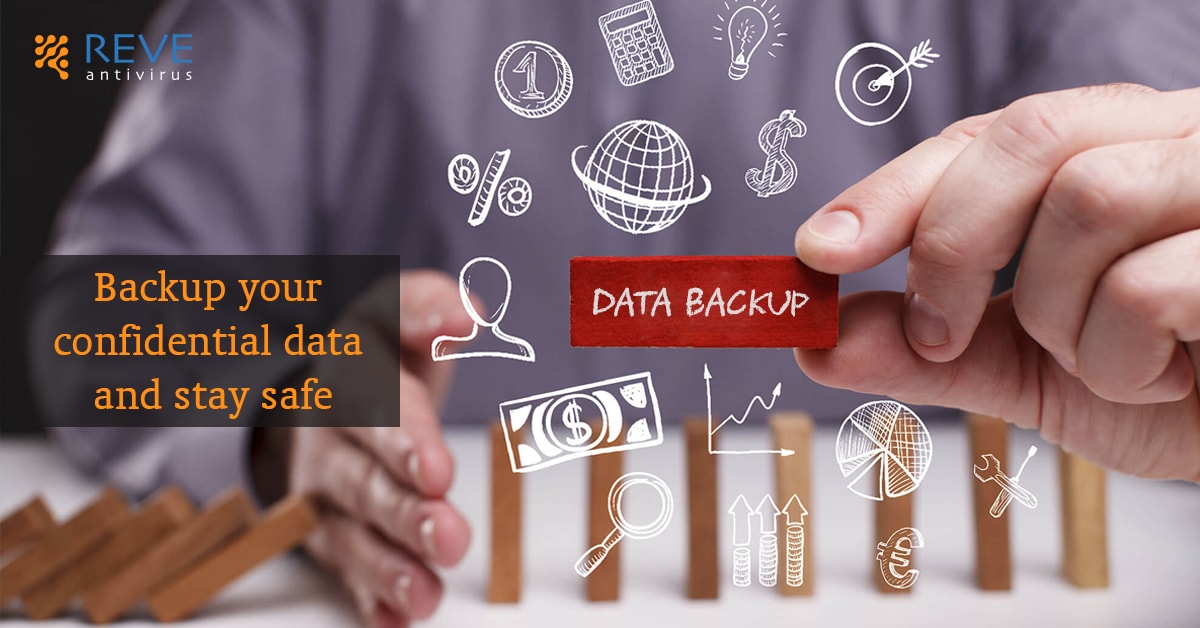
Data Backup
Data backup involves multiple copies of your data from primary sources and adding them to the secondary, and ideally a tertiary, location to protect against for the data loss. A data backup plan is essential for any business, as data is one of the most vital resources and assets for any organization. Data loss can lead to severe disruption for your daily operations or irreparable damage to your reputation.
It’s possible to create backed-up copies for your data and restore it back to its original location if necessary. In case of emergency and malicious attack, backed-up data could be the difference between your company going under and staying afloat.
Data Backup Concepts
There are the multiple concepts involved in data backups, such as:
1. Print out physical copies
Investing for the good-quality color printer will allow you to preserve most text and images without any loss in fidelity. Just put all your files into the folder or store them away in a combination-locked safe.
Keeping physical copies for your data can be a bit of a hassle, but at least you would not have to worry about digital threats such as malware infection and third-party intrusion. Taking the analog approach will still require you to worry about the elements, however. Getting rid of outdated data would be yet another problem, requiring you to invest for the good-quality paper shredder.
2. Copy everything to a USB stick
USB drives are easy and cheap to come by. They are also pocket-sized, making them perfect for carrying to work for everyday. If you have a lot of files to store, you can buy one with more storage space such as 256 GB. USB sticks work on Windows or MacOS. With a bit of effort, you can use the data cable to hook them up to iOS and Android devices too. Unfortunately, because of their small size, USB drives are very easy to lose track of. They are also vulnerable to physical damage or malware infection. While good for storing and transferring data in the short run, USB sticks probably shouldn’t be your only long-term backup plan.
03. Use an external hard drive
External hard drives are much faster than USB sticks and CD drives. They are still portable, while also being for the lot tougher than any of those options. Most importantly, they come with much more storage space. External hard drives can be plugged into and out of any device of your selection. More recent ones even come with USB 3.0 capabilities for faster data transfer. Nevertheless, for any other physical storage device, external hard drives run on the risk of failure or they can be pretty expensive. Solid State drives, very faster than your typical external hard drives and also highly durable, are even costlier.
4. Back up data using cloud storage
Investing for the cloud storage is one of the best ways to back up your data. A good cloud storage service, including Google Drive and Dropbox, will come with its own file management system for simplified access, as well as decent encryption to keep your data away from third parties. There are a lot of cloud storage services to select from, but recommend by using IDrive. IDrive is a powerful cloud storage solution with file versioning, file retention, and real-time synchronization features. It’s also one of the most pocket-friendly, with paid plans starting up to 52.12 a year for 5 TB of storage.
5. Invest in a NAS device
NAS (Network-Attached Storage) is the great way to store your files on a separate device that can be accessed from another device that’s connected to the device’s own network. Think of it as an external hard drive with a built-in wireless network. For your home office, this means storing files away in a mini-server that can be accessed from the pretty much any device that’s connected to your home network. For offices, these devices are especially useful for allow the seamless collaboration between different employees in the workplace. Since there are no third parties involved, no one is intercepting your data and keeping logs of your network activity.
6. Subscribe to a backup service
Backblaze is backup service that runs in the background for your device and automatically uploads previous versions of your files to its online servers. It is technically not a cloud storage service as it does not come with the file management system. By using backup service such as Carbonite and Backblaze isn’t without its benefits. It is a lot simpler than traditional cloud storage, making it approachable even for newbies. If you lose access to your files due to a malware attack, for instance, all you have to do is hit the restore button. Nevertheless, you do have to pay a monthly subscription fee to access most backup services.
7. Burn it all to a CD or DVD
You can always back up for the data old-fashioned way, by burning your data to a backup disc including DVD, CD and Blu-Ray. Just insert the disc into your computer and make the copy of all the files you would like to save. You can store your backup disc in the location of your choice, like a bank locker. There are some problems with this approach. Disc drives are very easy to damage, not to mention quite pricey the higher storage space. This backup method is also very slow because of the dated technology. Most importantly, a lot of computers these days do not even come with an optical drive.
Lorem ipsum viverra feugiat. Pellen tesque libero ut justo, ultrices in ligula. Semper at. Lorem ipsum dolor sit amet elit. Non quae, fugiat nihil ad. Lorem ipsum dolor sit amet. Lorem ipsum init dolor sit, amet elit. Dolor ipsum non velit, culpa! elit ut et.
Lorem ipsum dolor sit amet elit. Velit beatae rem ullam dolore nisi esse quasi, sit amet. Lorem ipsum dolor sit amet elit.